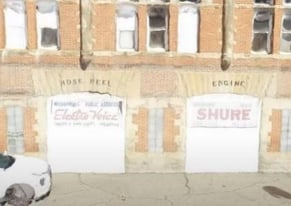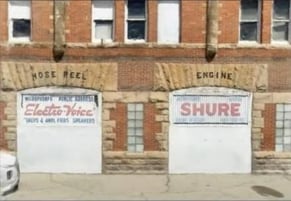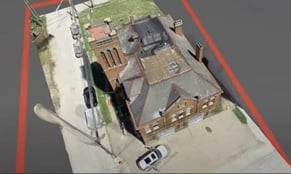Project
Since 1979, Division 7 Roofing, an Ohio based company, has been installing high quality, affordable roof systems. Commercial roof damage assessment is a service the team provides that includes assessing roof leaks and providing life cycle documentation. The team applied reality modeling to cut costs, focus on safety and streamline their assessment workflow.
Commercial and industrial buildings usually have expensive contents and when a leak from the roof is detected, time is of the essence to repair the source of water infiltration. Knowing where the leak is occurring in the building and comparing that location to the imagery of the roof can help direct the repair crew to likely sources. Knowing the location, size, and scope of the problem could be the difference between a few gallons or hundreds of gallons of water damaging contents or other sensitive components of the interior of the building.
Flat roofs can last between 25 and 30 years. The maintenance expense starts to increase toward the end of the roof life cycle. A yearly maintenance program that includes high-resolution orthomasaics is important to the documentation needed in the event of a premature material failure warranty claim.
Solutions
To streamline their commercial roof damage assessment workflow, the team discovered the value of drone technology to safely and efficiently collect all the data in one trip. Leveraging reality modeling, they have the ability to process photogrammetry with a high level of detail to understand and develop the scope of work with all stakeholders.
Using a Phantom 4 drone, Division 7 Roofing captured aerial photos. Combining the drone images with ground photos, they create an accurate 3D reality model of the building using ContextCapture.
Roof assessments or repairs can be tricky, so you need as much information as possible to understand the dangers of the roof damage. Looking down on a roof that needs repairing from a next-door building is not always the best way to see what you are getting into or to estimate the cost to repair the roof.
While flying a different structure on a routine inspection, the team noticed that the owner’s garbage dumpster was destroying a grate inlet and the surrounding pavement at the back of the property. It has since been moved to another area of the property, so repairs can be made. This is a perfect example of a “value-add” to the customer using the 3D reality model.
For data storage and sharing, the team used a cloud-based platform.
Drone data is only as useful as it is readily available. Drone images are high resolution making them quite large files, somewhere between 3 and 6 megabytes. A 30-minute drone flight may produce 500 photos, which can exceed 3 gigabytes.
Once processed, the data can exceed over 50 gigabytes, with the point cloud, orthomosaic, and 3D mesh. Limiting data storage and access, as well as a powerful workstation is needed to view these files.
With some cloud storage vendors like Optelos, you can measure, annotate, and link files such as photos, videos, models, or any other data stored within the Optelos platform. Providing a single location for all your data that is both interactive and flexible is extremely valuable to company representatives working remotely.
Cloud-based platforms allow the team members to interact with the drone data for teams across an organization, allowing users to view and manipulate data through their web browser or mobile device.
Outcome
Reality modeling helps solve weather related challenges on roofing projects. Water is the worst enemy within the commercial roofing industry. Ever-changing weather conditions make it difficult for the team to install roofs correctly. Whether it’s a foot of snow or pouring rain, the days are no longer wasted. With the reality models, the team can plan and prepare employees for upcoming work, all from the office.
With faster turnaround times, commercial roofing customers can see in real-time where problem areas are occurring or sites that may become problematic. This helps avoid costly change orders or delays.
Senior management (Estimators, Superintendents, Project Managers, etc.) saves countless hours (driving, planning, explaining) by having more precise data at their fingertips and the ability to share that data across the organization to employees and customers.
Leveraging reality modeling, you no longer need to be the lowest bid to stand out. Scope reviews with general contractors and property managers are flawless and impressive with 3D reality models.
While there are many products on the market today that can process your images, customers can gain the most with higher quality images that provide intricate detail to make better-informed decisions to maintain their assets.
Software
The team used ContextCapture to automatically turn aerial and ground photos into a 3D reality mesh. ContextCapture Editor was used to clean the photos where necessary.
Facts
- With faster turnaround times, commercial roofing customers can see in real-time where problem areas are occurring
- Senior management saves countless hours (driving, planning, explaining) by having more precise data at their fingertips
- With the reality models, the team can plan and prepare employees for upcoming work, all from the office






